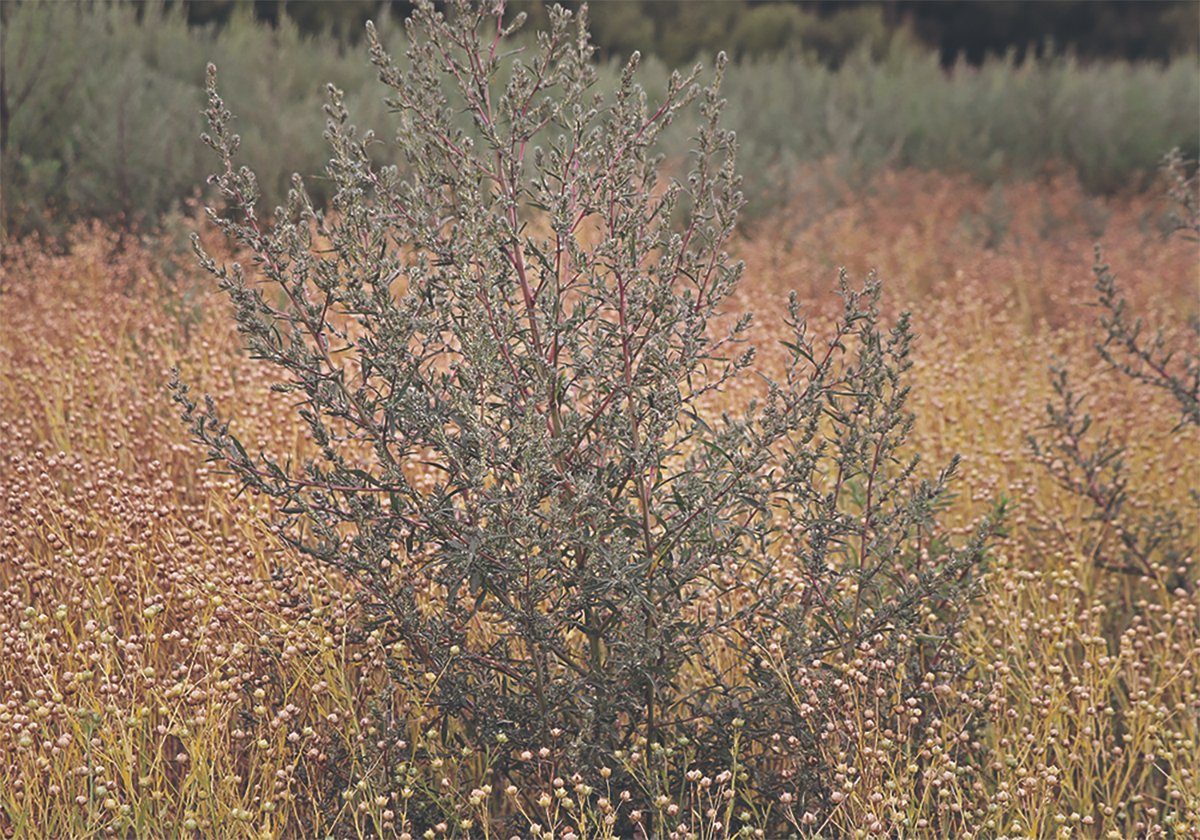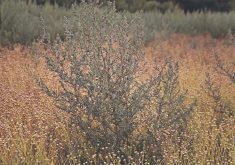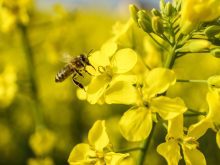It’s a coincidence that a scientific breakthrough announced today has a relationship to Easter.
Two Agriculture Canada researchers have been studying the control of rodents in efforts to limit the damage done by Richardson’s ground squirrels in prairie fields.
Scientific studies from Australia, relating to rabbits, led them to explore the reproductive apparatus of the lapin species, which they think will apply to that of gophers and allow greater control of populations.
After subjecting test rabbits to noninvasive experiments, including dietary supplements and strenuous exercise, the scientists were able to achieve natural genetic modifications in the rabbits, made possible by the quick multiplication for which the species are known.
Read Also

Kochia has become a significant problem for Prairie farmers
As you travel through southern Saskatchewan and Alberta, particularly in areas challenged by dry growing conditions, the magnitude of the kochia problem is easy to see.
Proprietary considerations prevented the scientists from releasing full details but results are surprising.
Rabbits given a diet with large amounts of albumin and proteins derived from a coarse mixture of eggshells and alfalfa pellets showed a tendency to reproduce more quickly than the control group.
Investigation showed the test group reproduced via live births but also by producing additional offspring in small eggs.
“Live rabbits eventually emerged from the eggs,” said Dr. April Phula-Day, an Agriculture Canada veterinarian specializing in rodents.
“Forensic study showed a small application of heat and sugar encouraged emergence from their shells.”
Offspring that hatched showed marked behavioural differences compared to the rabbits delivered in the usual way, added Phula-Day.
“Often we found them hiding in the colourful baskets provided in their birthing pens. Their control group counterparts, by contrast, were more often found eating or engaged in breeding.”
Long-term study will be required before research can be applied to gophers, she added, but it is a promising lead on reproductive control.
Should gophers be successfully modified to give birth via egg, the fragile shells would be unlikely to survive in dirt burrows and mounds.
Drastic reductions in populations could result.
Applied to other species, the research could have implications for other problematic mammals.
You may suspect something amiss with this column, so read the first letter of every paragraph for a complete explanation.

















